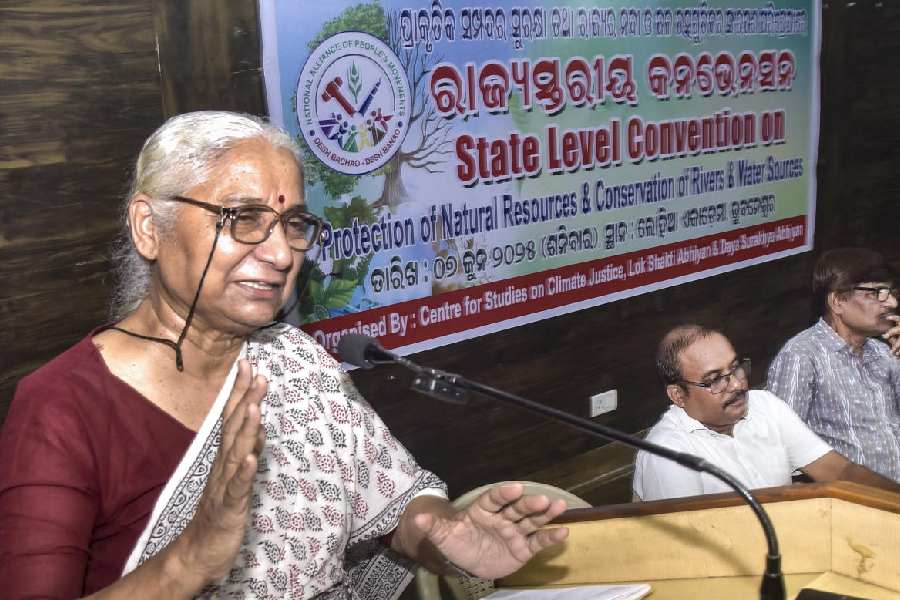Guwahati, Jan. 24: A survey conducted jointly by IIT Guwahati and the public health engineering department of the Assam government has revealed that more than seven lakh people of the state are exposed to arsenic contamination.
The survey was conducted over the past three years by a team of engineers and scholars under Chandan Mahanta, professor of civil engineering at IIT Guwahati.
They collected samples of ground water from different parts of the state, tested these with sophisticated equipment and came up with findings that indicate serious health hazards for people, posed by high amounts of arsenic in ground water.
Local NGOs were also involved in the survey.
The survey has revealed that 7.95 per cent of the 56,180 sources tested were contaminated with arsenic levels beyond the Bureau of Indian Standard’s (BIS) permissible limit of 50 parts per billion (ppb).
Again, 29.8 per cent of the samples contained arsenic beyond World Health Organisation’s (WHO) permissible limit of 10 ppb. The survey has revealed that groundwater of 1,970 habitations, covering 76 blocks across the state, were contaminated with arsenic above 50 ppb.
If arsenic presence in water is more than 50 ppb, it is considered dangerous.
Of particular concern was the finding that 794 schools in different districts are located within the affected blocks.
The assessment, which covered 192 blocks of 22 districts of the state, revealed that 18 districts have been affected by arsenic contamination.
Titabor in Jorhat and parts of Sivasagar districts fall in the highly affected areas.
The total number of people exposed to arsenic contamination in the state was estimated at 7,22,603.
Mahanta today said a three-tier testing procedure protocol was followed during the survey.
Sophisticated equipment, like the UVI (ultraviolet-visible-infrared) spectrophotometer were used to ascertain the presence of arsenic.
He was speaking at a workshop organised jointly by Unicef, the PHE department and IIT Guwahati.
Mahanta said the presence of arsenic in ground water is underestimated in Assam, adding that although there were no reported arsenic-related health hazards in the region, a health survey and research was the need of the hour. “We do not know if it is too early to detect the manifestation of arsenic-induced health hazards in the state,” Mahanta said.
He added that if negligence persists on this serious issue, the gravity of the situation would increase, leading to a situation like Bangladesh. According to some estimates, arsenic in drinking water could cause 2,00,000 to 2,70,000 deaths from cancer in Bangladesh alone.
In 2009, a survey conducted by Central Ground Water Board in Kamalabari area in Majuli detected possibility of presence of arsenic in ground water. Officials of the Guwahati office of the board said they now are collecting water samples there to ascertain the level of arsenic contamination.
According to WHO, long-term exposure to arsenic through drinking water causes cancer of the skin, lungs, urinary bladder, and kidney, as well as other skin changes such as pigmentation and thickening (hyperkeratosis).
“Arsenic contamination can lead to various peripheral vascular diseases and skin diseases,” said A.C. Kataki, director of the B. Borooah Cancer Institute here.
He added that it is difficult to assign arsenic as an immediate cause of cancer, as a recent study in Canada has said arsenic can cause cancer only if its presence is extreme in water.










